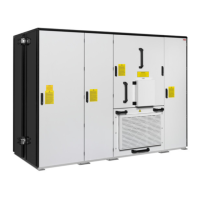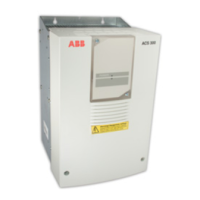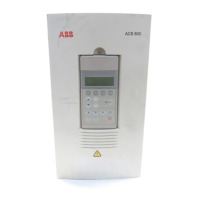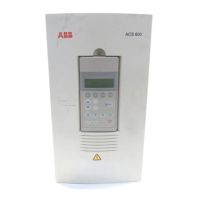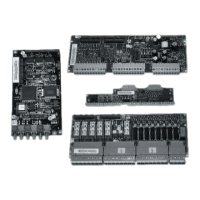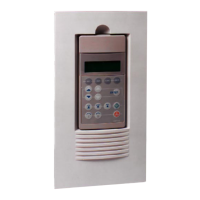be derated by 6 percentage points per 1 °C (1.8 °F) temperature increase, as
shown by curve (c).
• If there are no components with a maximum operating temperature of 55 °C
(131 °F) installed in the same space as the drive modules, drive output current
must be derated by 2 percentage points per 1 °C (1.8 °F) temperature increase,
as shown by curve (b).
The drawing below shows the derating factor
(k)
in relation to coolant temperature.
T
1.00
0.90
+40 °C
+104 °F
k
0.80
0.70
0.60
+45 °C
+113 °F
+50 °C
+122 °F
(a)
(b)
(c)
Condensation is not permitted. The minimum coolant temperature to avoid
condensation (at an atmospheric pressure of 1 bar) is shown below as a function of
relative humidity (RH) and ambient temperature (
T
air
).
Min.
T
coolant
(°C)
T
air
(°C)
RH = 40%RH = 50%RH = 65%RH = 80%RH = 95%
-7.4-4.5-0.91.94.35
-3.0-0.13.76.79.210
1.54.68.411.514.215
6.09.413.216.519.220
10.513.817.921.424.125
15.018.422.726.229.130
19.423.027.431.134.135
23.827.632.235.939.040
28.232.136.840.844.045
32.836.741.645.649.050
37.142.246.350.453.955
= Not permitted as standard but the coolant temperature must be 0 °C (32 °F) or more.
At an air temperature of 45 °C and relative humidity of 65% the coolant temperature
must not be less than +36.8 °C
Example:
Maximum temperature rise: Depends on heat losses and mass flow. Typically 10 °C
(18 °F) with nominal losses and flow.
Internal cooling circuit 121
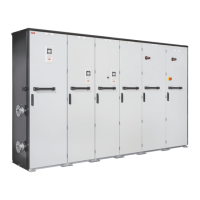
